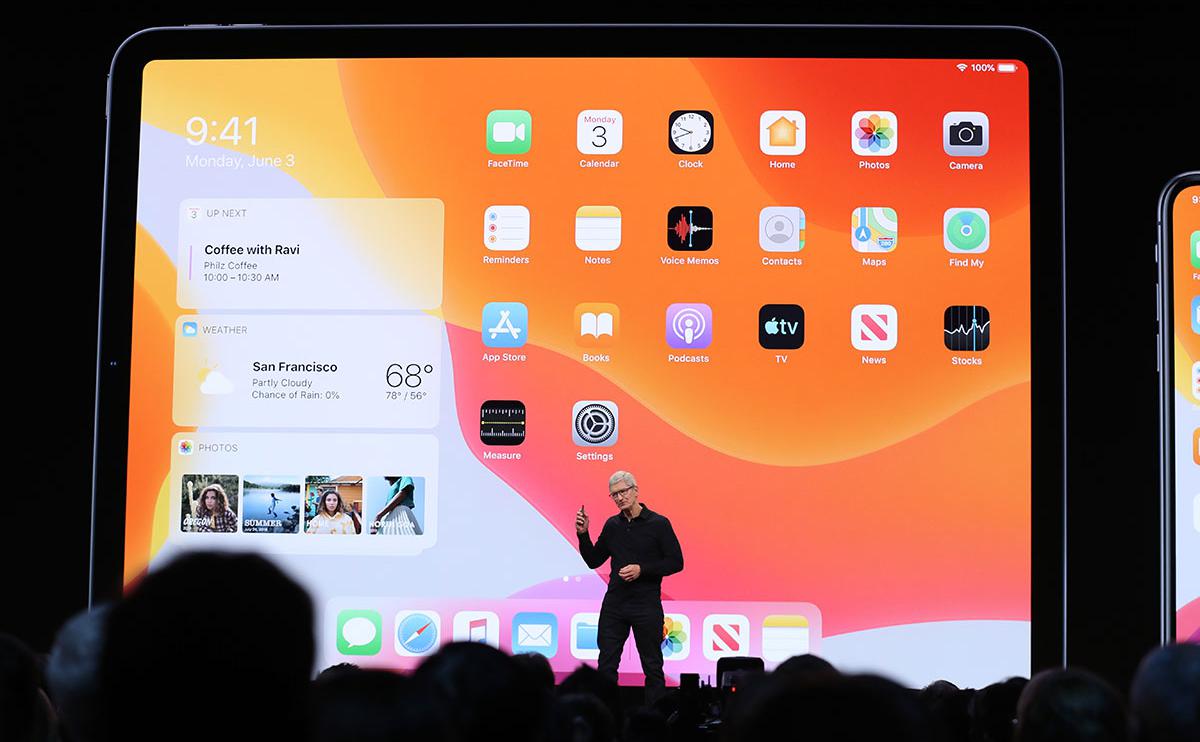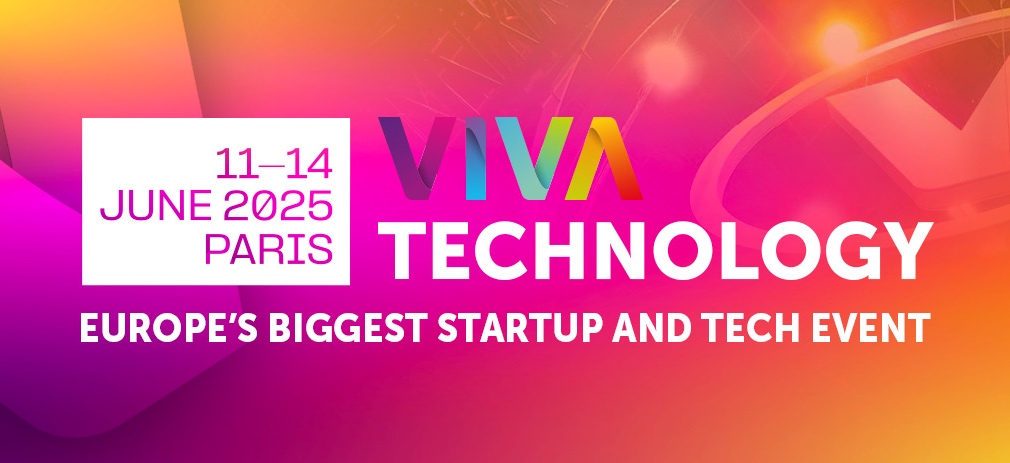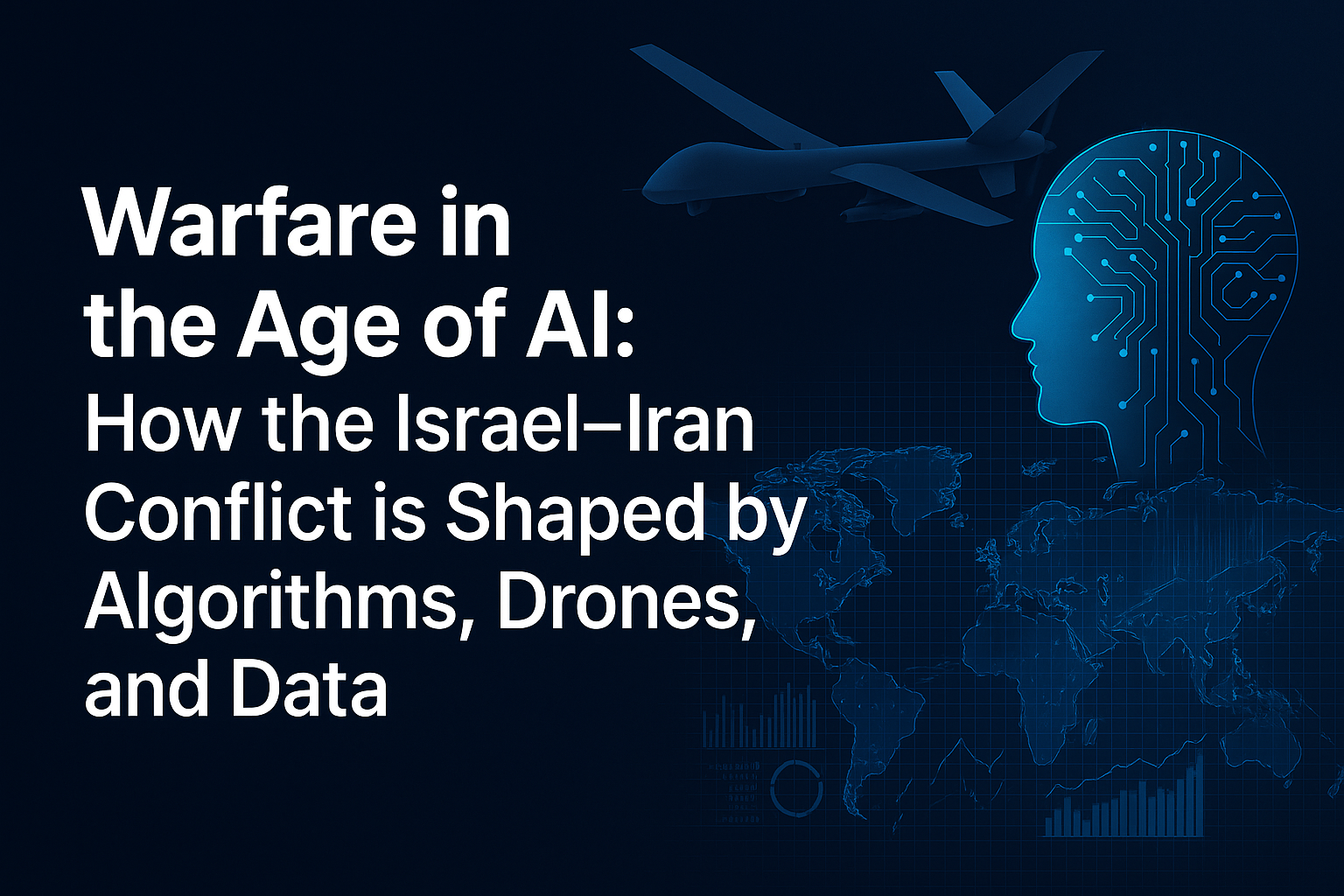- by Zlata Seregina Akkaoui
- Jun 10, 2025
Apple’s AI Leap at WWDC 2025: Apple Just Dropped an AI Bombshell — And It’s a Game-Changer for Data Analysts (and Devs Too)
- By Zlata Seregina Akkaoui
- Sep Thu, 2025
- in News

At WWDC 2025, Apple launched a new set of AI-driven features across its ecosystem – from iPhones to Macs – under the banner Apple Intelligence. One central theme was on-device AI: Apple's own large language model now executes straight on the chip in your device (powered by the Neural Engine in Apple Silicon), so apps can draw upon it for speedy, private intelligence even when offline. For example, the Foundation Models framework allows developers to tap into this on-device model in just a few lines of Swift code. In practice, it means that apps – such as a journaling or travel app – can give answers or summarize your data without ever transmitting that data to the cloud. As Apple describes it, this "on-device foundation model" enables "powerful, fast" AI while remaining privacy-respecting.
Developers, Meet Your New AI Co-Pilot: Apple’s Secret Weapon Just Dropped
Apple has made these AI capabilities available to app developers. The star is the Foundation Models framework, which provides direct access to the on-device language model that supports Apple Intelligence for any app. That implies an ability for a developer to include generative AI capabilities-to be able to query, summarize content, or produce code, say-with minimal effort. Apple demonstrated that an "outdoors app" can have natural-language search that is fully offline, and an education app can make personalized quizzes out of user notes – all locally. The framework also has native support for Swift and has guided generation and tool-calling capabilities, so integrating AI into apps is easier than ever.
On the developer tooling side, Xcode 26 is transformed with AI aides. It now includes built-in support for ChatGPT and other LLMs, so you can get code suggestions, debugging help, or even have the AI generate tests and documentation directly in your IDE. For example, a developer can point to a bug in code and ask the AI to suggest a fix, or ask it to generate an example function. Apple calls these aspects "Coding Tools": they live within the code editor itself and can run custom prompts in-line. You can access OpenAI's models via API or even run a local model on the Apple silicon of your Mac. The built-in ChatGPT integration does not ask you to exit the bounds of Xcode to get access to AI help. Such intimate incorporation of generative AI into the programming process could also be beneficial to data analysts who program: an individual working on a Mac could instruct ChatGPT (in Xcode) to compose a Swift or Python script to cleans a dataset or builds a chart.
Apple further augmented Shortcuts with AI. Users can now include smart actions driven by Apple Intelligence in shortcuts. A shortcut could, for instance, summarize text using Writing Tools or create an image with Image Playground, all through on-device AI. You can even create a shortcut that utilizes Apple's AI model to compare lecture transcripts to your notes and identify missing points. That would allow analysts to automate data pipelines: imagine a shortcut that accepts CSV data you're getting, causes the AI to cleanse or reformat it, and sends you a snapshot – all activated with a button or voice. (Shortcuts can use either the on-device model or Apple's "Private Cloud Compute" for more power – still protecting the data as encrypted and private.)
Finally, Apple advanced App Intents with visual intelligence. Apps can now bring results to the surface in the new screenshot-and-search experience on iPhone: for example, an app such as Etsy can display relevant items when a user points the camera at something. While this is more visual search, it highlights how Apple is closely integrating AI throughout the platform.
Data Analysts, This Changes Everything: How Apple’s AI Will Supercharge Your Workflow
These AI releases offer exciting potential for data analysts. The new software effectively puts a natural-language assistant and code assistant in the analyst's tool bag:
Automating data cleaning:
Analysts spend hours cleaning the data: renaming columns, correcting misspellings, handling missing values. With an on-device AI model, you might just type a natural language request like "Clean up this dataset: standardize date formats, drop duplicates and impute missing values". A smart application could interpret that using the AI model and make changes. Similarly, a dev could use ChatGPT in Xcode to write a data-cleaning script in Swift or Python. These kinds of AI tools are already appearing in consumer apps: Apple’s “Writing Tools” can rewrite or summarize any text you’ve written, so a future data tool might do the same for data tables or reports.
Quicker insight and visualization:
Generating charts or finding trends usually requires work by hand. AI may highlight or even generate visualizations on its own. For instance, the analyst might point to a column of data and say "show me a line chart of this trend", and the AI would generate the code or make the chart. In Apple's demo, apps were able to create quizzes or search results from raw text; by analogy, data apps could create charts or emphasize important metrics in real time. Even without an AI specifically for charting, Apple's system can "summarize" content – as it does for email conversations or web pages – so potentially it could summarize a data set or report in plain English.
Natural language queries:
Imagine querying a spreadsheet by typing or speaking a question: “What was the highest sales week in Q1? ” The on-device model (or ChatGPT via API) could translate that into the appropriate data query or formula. This mirrors Apple’s existing features like Siri and Smart Reply, now made more powerful with ChatGPT integrated into Siri and Writing Tools. With Xcode’s new AI features, even analysts who code could simply write prompts to generate or debug their data scripts, rather than hand-coding everything.
Effortless reporting:
After analysis comes writing up the results. The AI writing tools Apple announced could help here too: for example, after crunching numbers an analyst could use a shortcut to “summarize these results in a bullet list”. Apple's Writing Tools already summarize and rephrase text (they even allow you to tell changes such as "make this sound more formal"). We will probably witness third-party apps that allow analysts to copy and paste results or notes and receive refined summaries or slide outlines in a flash.
Basically, Apple's on-device AI and developer APIs mean that tedious analysis tasks (preparing data, creating visuals, drafting reports) can be partially automated. Mac-based and iPad-based analysts can utilize shortcuts or apps that invoke the Apple Intelligence model to boost workflows. For example, a data-visualization app would leverage the new Foundation Models framework to allow users to ask for charts by name (e.g., "Show me a bar chart of monthly revenue"), since it can integrate chat or search into other apps. The twist is that this AI runs locally on Apple Silicon, so it's fast and secure.
Why Apple Silicon Is the Real Muscle Behind the AI Revolution
These software innovations are backed by Apple hardware. The new Apple chips (like the M3 series) also have a built-in Neural Engine and an optimized GPU for machine learning. In fact, Apple claimed that the new Metal 4 graphics framework is "designed exclusively for Apple silicon" and backs advanced machine learning technology. This means apps can do heavy AI math (model inference, image processing, etc.) on the device very efficiently. For data analysts, this could translate to smoothened experience in tools that use machine learning – e.g., faster on-device predictions, or GPU-accelerated real-time data transformation.
Meanwhile, Apple is still committed to privacy: your information doesn't ever leave your device unless you opt to use a cloud service. The on-device foundation model is comparatively compact (Apple puts it at about 3 billion parameters, much smaller than big cloud AIs), so it's constrained to specific tasks. For more advanced requirements, developers can optionally access cloud models (such as ChatGPT) directly from within their apps or Xcode. This blended strategy provides analysts with the advantages of both worlds: local AI for fast offline processing, and the capability of cloud AI for heavy computation or the newest model features.
4 Real Use Cases That Show Apple’s New AI Isn’t Just Hype
Offline travel app search:
Likewise, as Apple showed with an outdoors app unveiling offline chat, think about a flight or hotel search app where you can search using natural English: "Show flights to Tokyo for less than $500 next week." The app would use Apple's on-device model to understand your request and answer with results, all on your device and without needing any further permissions.
Smart note-taking:
Day One, a popular journaling app, is already using Apple's new framework to offer users intelligent prompts and summaries. Data analysts can similarly have notebooks or note apps that recommend analysis automatically or highlight inconsistencies in data entries.
Chat-driven charts:
A future spreadsheet or BI application would let you copy data and then chat with it. e.g., "Create a bar chart comparing these columns," and the application graphs it. The same as Apple's Image Playground (AI-generated images) but for data visualizations.
Voice-controlled analysis:
With improved Siri (now using Apple Intelligence and even ChatGPT for voice queries), an analyst could simply ask their device: “Show me this month’s sales chart,” and get an immediate answer. Siri’s new capabilities include understanding product features and context, so similar intelligence could apply to data queries.
Each of these use cases builds on the WWDC-announced features: local AI models for privacy and speed, and new developer tools to bring AI everywhere.
Lost in AI Lingo? Here’s What Apple’s New Tech Actually Means
On-Device AI:
That's when the AI model executes on your iPhone, iPad, or Mac itself, utilizing its chip. Your information never goes to a distant server to be processed, so it remains private and quick. Apple's on-device model (a kind of AI known as a large language model, or LLM) is incorporated into Apple Intelligence. It's sufficiently capable to perform numerous tasks (writing suggestions, questioning answers, text processing) without an internet connection.
Transformer Models:
This is the technology behind most new AIs like ChatGPT. A transformer writes and reads text depending on the context of all the words collectively. Apple's on-device model is a transformer-based LLM (about 3 billion parameters in size). It effectively "understands" and "writes" language by learning patterns in enormous amounts of text.
Code Generation:
This is where AI writes source code. The new Xcode features enable you to ask the AI to write code or debug code for you. You can, for example, ask for a function or algorithm in Swift/Python and the AI writes it. Apple's press release says developers can now use language models to integrate coding experience and generate code and tests. Data analysts that write code can use this to automate writing data processing scripts.
Apple’s AI Era Has Begun — Here’s Why Analysts and Devs Shouldn’t Miss the Train
WWDC 2025 showed how Apple is dedicated to bringing AI to all in a privacy-first manner. For data analysts, this translates to less grunt work and faster insights. Tedious steps like data cleaning or chart formatting can now partially be automated by AI helpers. And developers have robust new frameworks (Foundation Models, Coding Tools in Xcode) for building the next generation of smart apps for data work. As an analyst wrote, Apple's on-device AI is "just the first step" – we should anticipate a tide of apps and shortcuts that knit AI into daily analytics.
With the power of Apple Silicon and these new APIs, your iPhone, iPad, or Mac will become an even smarter sidekick for data work. Whether you're generating summaries, cleaning data, or even writing code, Apple's new AI capabilities promise to make analysis faster and (dare we say) even more enjoyable.



